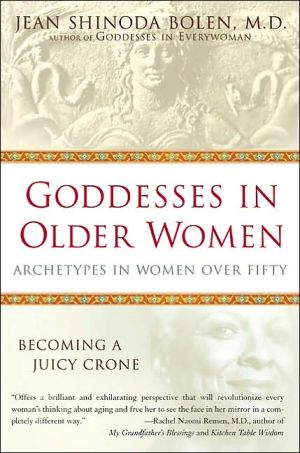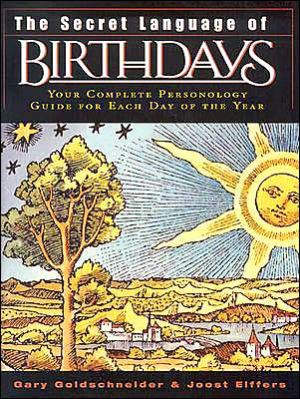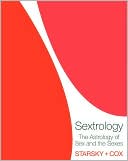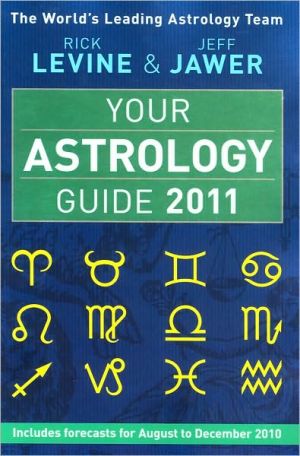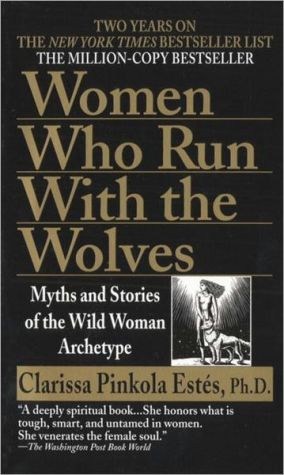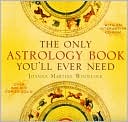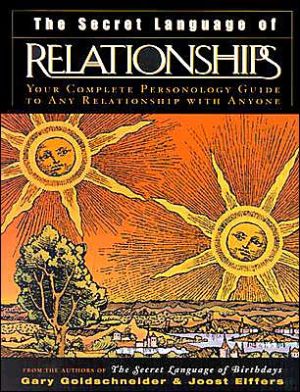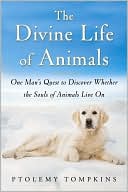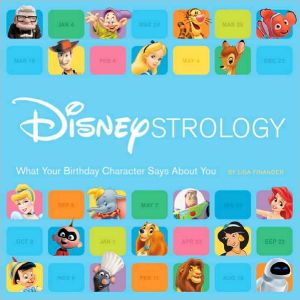Goddesses in Older Women: Archetypes in Women Over Fifty
At some point after fifty, every woman crosses a threshold into the third phase of her life. As she enters this uncharted territory — one that is generally uncelebrated in popular culture — she can choose to mourn what has gone before, or she can embrace the juicy-crone years.\ In this celebration of Act Three, Jean Shinoda Bolen, Jungian analyst and bestselling author of Goddesses in Everywoman, names the powerful new energies and potentials — or archetypes — that come into the psyche at...
Search in google:
What's next for the getting-older generation of women who have been redefining themselves each decade? Women turn 50 and cross into uncharted territory. Jean Shinoda Bolen's Goddesses in Older Women names the new energies and potentials that come into the psyche at this momentous time, marked physiologically by menopause. Forty-five million American women will be on the far side of 50 and still active at the beginning of the 21st century. As she did in Goddesses in Everywoman, Bolen introduces a set of goddess archetypes—as inner sources of wisdom, humor, outrage, decisive actions, and compassion. Goddesses in Older Women is a handbook on how to be a juicy crone, and a reason to celebrate turning 50.About the Author:Jean Shinoda Bolen, M.D., is an internationally known Jungian analyst, clinical professor of psychiatry at the University of California at San Francisco, and a former member of the Ms. Foundation for Women board. She lives in Mill Valley, CA. Marianne Williamson Goddesses in Older Women will inspire now older and wiser women's movement women to once again transform society.
Chapter One\ Wisdom is a woman, a crone, a goddess, and a feminine archetype. In Greek mythology, she is a barely personified Metis, swallowed by Zeus. In the Bible, she is a hidden Sophia, the goddess who became an abstract and ungendered concept. Wisdom may be found at twilight where the three roads meet as Hecate, or in the hearth fire as Hestia. She may be the invisible Shekinah who enters the Jewish home for the meal that begins the Sabbath. She was once the Celtic goddess Cerridwen. She is Saraswati, the Hindu goddess of wisdom, and Erda in Richard Wagner's Ring of the Nibelung. In the world's mythologies and in the collective unconscious, which are mirrors of each other, wisdom is feminine. Wisdom is usually an attribute of a goddess who is often not seen orpersonified, and an attribute of a woman in whom wisdom has become a conscious part of her psyche.\ The archetype of the wisewoman or wise crone is a generic description for the inner development of soul qualities most associated with the third phase of women's lives. Because she is a human archetype, she is not exclusively in the psyche of women, but her development is stifled in men and, in general, in patriarchy. Nor does this archetype develop only in adults. In my practice, I hear how children who were neglected or suffered abuse drew solace and wisdom from an innersource. As a result, they did not identify with their oppressors and so did not grow up to become like the adults who neglected or abused them.\ Drawing from wisdom beyond their years, they could survive such childhoods without a loss of soul. In fairy tales, such solace and wisdom is personified; often by an old woman,either a fairy god-mother with a magic wand and wisdom, or a crone who helps a young person interpret a riddle or make the right choice.\ More commonly, we become wiser as we grow older, but as we all have observed, a long life itself is no guarantee of wisdom. There are different kinds of wisdom and therefore different kinds of archetypal wisewomen. Metis's wisdom ispractical, applied wisdom that utilizes intelligence and mastery of a skill, usually with tangible results made evident through her work. I think that this wisdom is what the Japanese are recognizing when they designate artists and craftspersons as “national treasures.” Sophia's wisdom comes from her quest for spiritual meaning and experiences of mystical insight. Hecate's intuitive wisdom is honed by observation and enhanced by psychic awareness. Hestia is a wise presence, the inner serenity that translates into outer harmony. Hestia makes a house a home, creates sanctuaries, and quietly aids in transforming a group of strangers into a community.\ In this section, “Her Name is Wisdom,” I focus on four goddesses — Metis, Sophia, Hecate, and Hestia — as archetypes of wisdom. None of them are visually familiar to us, their qualities are intangible, and they were either rendered invisible or dimly seen in their mythologies or theology. These goddesses were once part of myth and religion. They are now latent patterns in the collective unconscious that are waiting to be reimagined and made a conscious part of ourselves. I have differentiated one from another and described their attributes, using the research and writing of others in mythology, archeology, theology, and history. I note my main sources in the endnotes. My own expertise as a Jungian analyst guided my selection of these four goddesses as archetypal figures because they correspond to qualities of wisdom that I see emerging in the psyches of older women.\ I begin by describing each of these goddesses and what we know of them. You may recognize qualities in yourself in one or more of these, or have an Aha! flash of insight, and intuitively know that a particular “goddess” is part of your psyche. The goddesses of wisdom may represent your growing edge — the direction of your own development after fifty. Or the description may fit a woman you particularly admire, and if so, she might represent the archetype that you are growing toward yourself. If you have a woman companion— a sister traveler — in your dreams, she may represent this growing edge, and be a symbol of your inner wisewoman (or another emerging archetype) who joins you in dreams in which you are on a journey to unfamiliar places.\ If you meditate upon a goddess or imagine a dialogue with her, this wise part of yourself becomes more conscious and accessible in ordinary life. What we focus on, we energize. What we imagine becoming precedes our development. The more we want to know a wisewoman archetype, the more likely that archetype will emerge in ourselves; and the more of us who engage in this process, the more certain it will be that the goddess archetype will come back into the culture.\ As I write this, I think of the “We're Back” issue of Ms. magazine, which celebrated its repossession from corporate ownership by feminist women in 1999 with the cover question, “Need Wisdom?” This association of women and wisdom is at once new, due to the aging of the post–women's movement generation, and very old, that is, prepatriarchal. Even if the wisewoman archetypes and the cronegoddesses have been largely forgotten for five or six thousand years, when weawaken to our own wisdom, they return to life through us. As Jung wrote: “Archetypes are like riverbeds, which dry up when the water deserts them, but which it can find again at any time. An archetype is like an old watercourse along which the water of life flowed for centuries, digging a deep channel for itself. The longer it has flowed in this channel the more likely it is that sooner or later the water will return to its old bed.”\ When the goddesses and their attributes were assimilated, trivialized, and demonized, women had nothing to identify with...\ Goddesses in Older Women. Copyright © by Jean Shinoda Bolen. Reprinted by permission of HarperCollins Publishers, Inc. All rights reserved. Available now wherever books are sold.
\ From Barnes & Noble"Knowing which archtetypes are stirring and strong in you will help you to come into your own third phase with additional consciousness," says Jean Shinoda Bolen. \ When Bolen's earlier book
